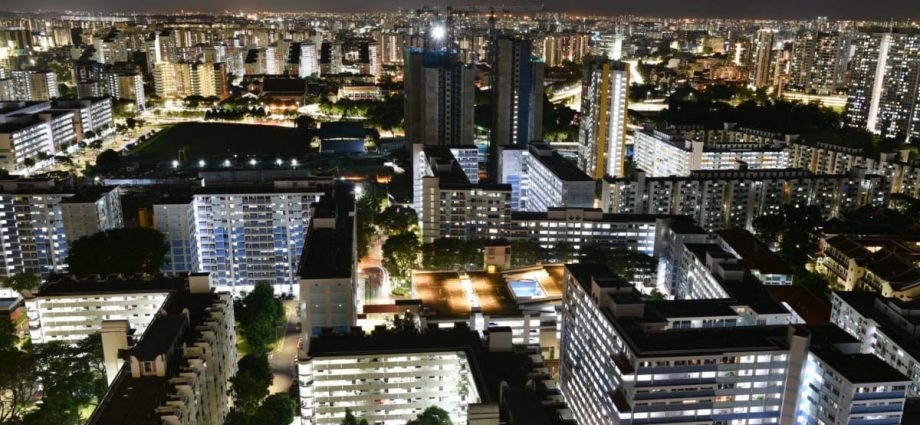
Under the agreement, the Lao PDR-Thailand-Malaysia-Singapore Power Integration Project (LTMS-PIP) will import up to 100MW of renewable hydropower using existing interconnections.
This is equivalent to about 1.5 per cent of Singapore’s peak electricity demand in 2020, enough to power about 144,000 four-room HDB flats for a year.
It will also contribute to Singapore’s sustainability goals under its Green Plan 2030 by tapping into the abundance of renewable energy from the region.
Regional power grids can help accelerate the development of renewable energy projects and promote economic growth and bring greater energy security to the region, according to a joint statement released by Keppel, EMA, the Laotian Ministry of Energy and Mines and EDL in June last year.
Additionally, the project serves as a “pathfinder” towards realising the broader vision of an ASEAN power grid, the agencies said.
“To overcome our land constraints, Singapore is tapping on regional power grids to access cleaner energy sources beyond its borders,” added the EMA.
WHY CAN’T SINGAPORE JUST GO SOLAR?
Singapore is a tropical country, which means sunlight is one resource it has plenty of. The country has doubled its solar capacity since 2020, with more than 700 megawatt-peak (MWp) currently installed.
The country aims to increase solar capacity to at least 2 gigawatt-peak (2 GWp) by 2030, equivalent to powering about 350,000 households a year. This is expected to meet around 3 per cent of projected electricity demand.
Harnessing solar energy comes with its own set of challenges. For example, the amount of sunlight fluctuates depending on changes in cloud cover during the day. Solar panels are also unable to generate electricity at night.
Using solar panels requires space – something Singapore does not have much of. The EMA has acknowledged that there are limitations to the amount of solar energy that can be harnessed due to Singapore’s limited land area.
As of the end of the first quarter of 2022, Singapore has a total of 5,455 solar panel installations, of which 3,564 are non-residential. About 48.9 per cent of the total installations are town council and grassroots units, followed by residential installations at 34.7 per cent and non-residential private sector at 13 per cent.
Installations from public service agencies constituted the remaining 3.5 per cent of total installations.
Other innovative ways to overcome the limited land area constraint are being trialled. For example, a new type of floating solar panel system is being piloted on Jurong Island.
Compared to conventional solar panel systems used in calmer water bodies such as reservoirs, the new system is designed to withstand stronger waves and rough sea conditions so that solar energy can be harnessed reliably, said Keppel Corporation in July last year.
Beyond land space constraints, energy storage systems are also being looked at.
Singapore deployed its first utility-scale energy storage system in October 2020, with a capacity that can power more than 200 four-room HDB units for a day.
Last week, the largest energy storage system in Southeast Asia was opened on Jurong Island.
The Sembcorp Energy Storage System has a maximum storage capacity of 285 megawatt-hours (MWh), enabling it to meet the electricity needs of about 24,000 households in four-room HDB flats for one day in a single discharge.
The deployment of the utility-scale facility means that Singapore has achieved its 200 MWh energy storage target ahead of time. Singapore previously announced a target of deploying at least 200 MWh of energy storage systems beyond 2025 as part of the Singapore Green Plan 2030.

